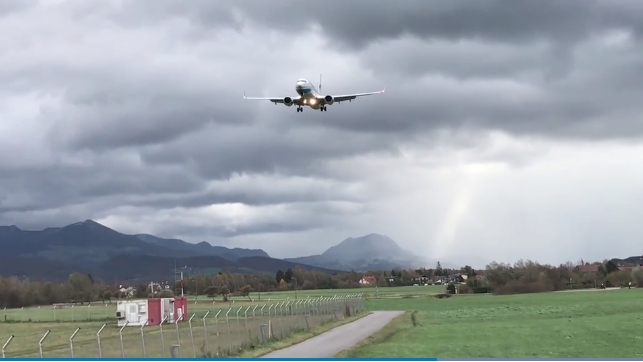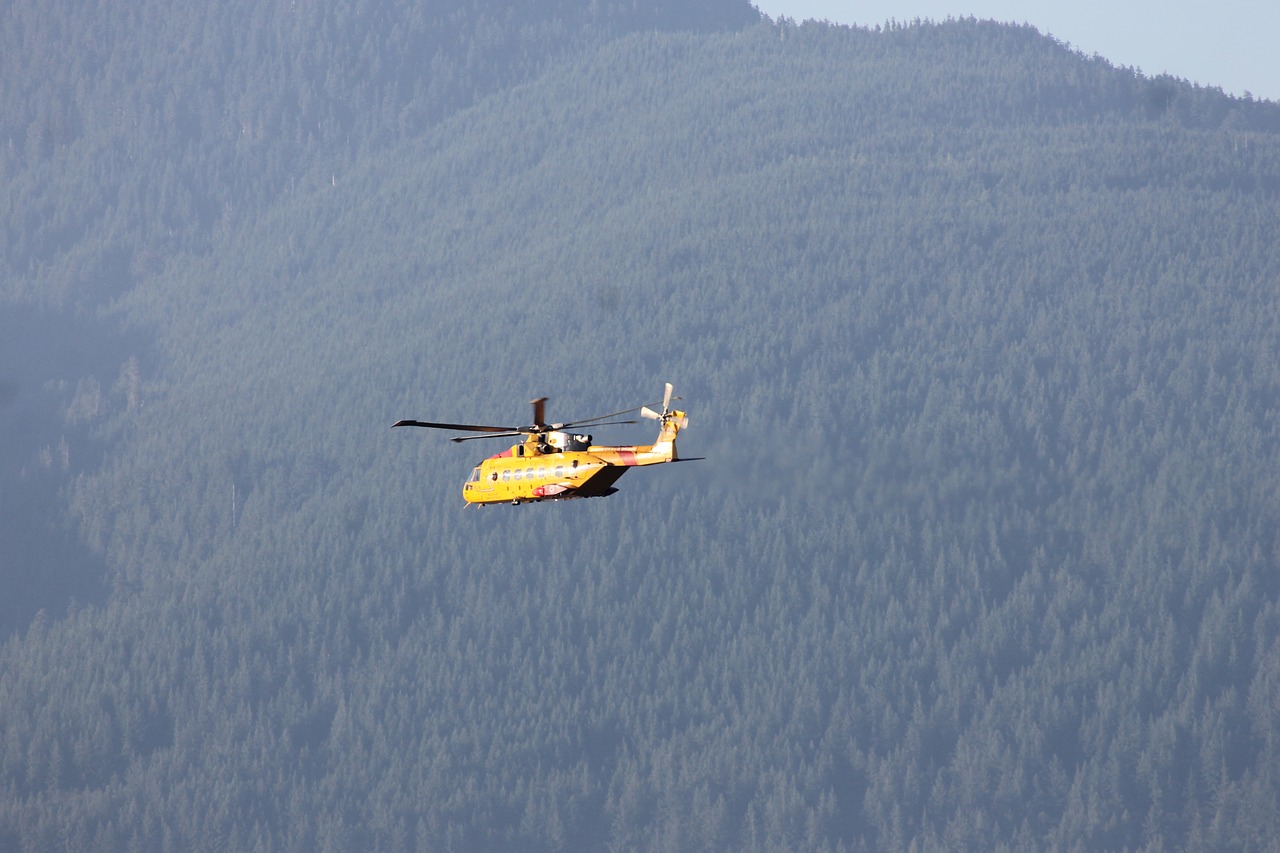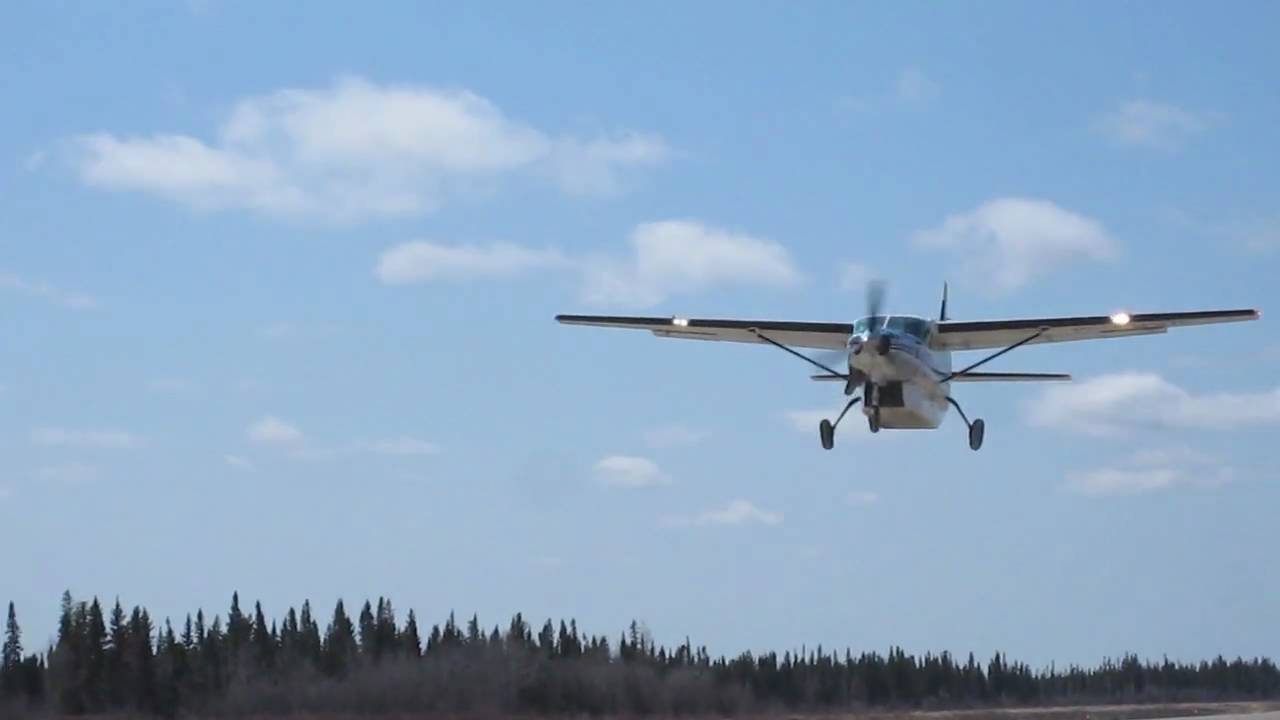
Tense moments leading up to a tricky approach and landing at Salzberg airport in Austria on October 29.
The Polish Enter Air Boeing 737, arriving from Frankfurt, is on approach very gusty winds and highly technical crosswind conditions and unable to make a smooth touchdown following a storm. The storm, called Storm Herwart, had just passed through the area and caused severe weather in Germany and Poland this week.
The 737 makes a highly technical approach through what look like severe gusty crosswinds, putting the plane in a crab at first, and straightening it out on short final. The crew of this Polish airline was attempting to land on 9000 foot long runway 33, with with winds reported at 270 at 26 gusting 46. The crosswind component was at 60 degrees. After a circling approach, a wind gust nearly drove the wing into the ground.
The plane bounced off the runway as a strong gust caused the right wing to drop, and looks like at this moment, the pilots decide to overshoot, and initiate take off right away.
Another attempt at landing was not made, and the Boeing headed back to Frankfurt. This looks like the airplane narrowly averted disaster. Two airplanes behind the Boeing decided to go around after receiving the wind shear alert on short final.
This must have been a scary and intense experience especially for the passengers. Amazingly, the approach was filmed by one of the passenger, which makes for some really interesting footage. It’s interesting to see it from this perspective as well. You can really get a sense of how hard the touchdown was, and the imminent overshoot. The video was shot by passenger Manfred Ortel.
https://youtu.be/FUBtvy3Xssc
The Boeing returned to Salzberg in about an hour and landed without incident.
Read more about crosswind landings here and see more videos about difficult crosswind landings.






